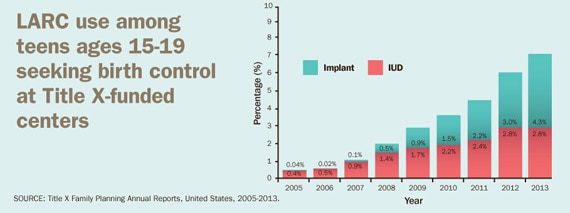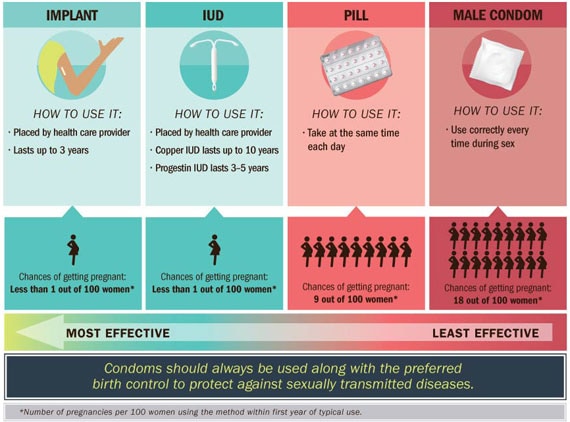Middle School

Actual questions middle schoolers are asking, and the answers that you might use to keep the conversation going.
Q: My periods are irregular. Am I normal?
A: Most of the time irregular periods are part of the normal changes that can happen when you’re a teen. At some point as you get older, your cycle probably will settle into a recognizable pattern. Most women have periods every 26–30 days. Why don’t you mark on a calendar when your periods start and when they end? Then if you still are worried about irregular periods, we can schedule an appointment with your doctor and you will have a record to help you answer the doctor’s questions. Also, it’s important that you know that irregular periods make it harder to know when you might get pregnant.
To learn more about the menstrual cycle, check out the Menstruation and Menstrual Cycle Fact Sheet from the Office on Women’s Health.
Q: How can I say “no” to sex and still be in a relationship with my girlfriend?
A: What a great question and I’m glad you came to me with it. Being intimately involved and having sex with someone is a big step in a relationship. Your mom and I hope you will (wait until you are older/until you are married/until you are in a committed, long-term relationship/your personal value), but it is your decision. If you are getting pressure and it’s not what you want, then say, “No, I really like you and want to be friends, but I’m not ready for sex right now.” You’ve got a lot of other things to focus on right now and sex would really complicate a relationship. What else might you say to her?
For other examples of ways to avoid pressure to have sex, check out the Girlshealth.gov’s Dealing with Pressure to Have Sex fact sheet.
Q: When is it OK to have a baby?
A: Your dad and I want you to be able to have a baby when you are an adult, have finished your education, and have the ability to financially support a child and your family. Until then, it is really important that when you start having sex, you use contraception to prevent pregnancy. Having a baby is a big responsibility, both emotionally and financially. Most people are adults and are married when they have children. What do you think?
Q: What do you do with a condom?
A: When people decide to have sex, a condom is placed over the penis to prevent pregnancy and sexually transmitted diseases. What else would you like to know about condoms?
To learn more about condoms, including how to correctly put on a condom, check out the CDC’s Condom Fact Sheet.
Q: I want to use tampons. Will I still be a virgin?
A: A virgin to me is someone who has not had sexual intercourse. Using a tampon won’t change that. Can you tell me a bit more about why you asked that question?
Q: Can you get pregnant if you have sex during your period?
A: Yes, it is possible depending on a girl’s cycle, especially if she has long periods and short cycles. It’s best to use protection at all times if you don’t want to get pregnant.
Q: Is it normal to get an erection for no reason at all?
A: It is very normal, especially when you are going through puberty. It can be embarrassing because you can’t predict them. Sometimes thinking of a totally different subject can make it go away. Sometimes it can even happen when you are sleeping. What else would you like to know?
For more information on what boys can expect during puberty, visit MedlinePlus’ resource on Puberty in Boys.
For more advice on how to talk with teens, check out OAH’s e-learning module: Talking with Your Teens About Reproductive Health.
Check out questions that high schoolers are asking and model responses.











